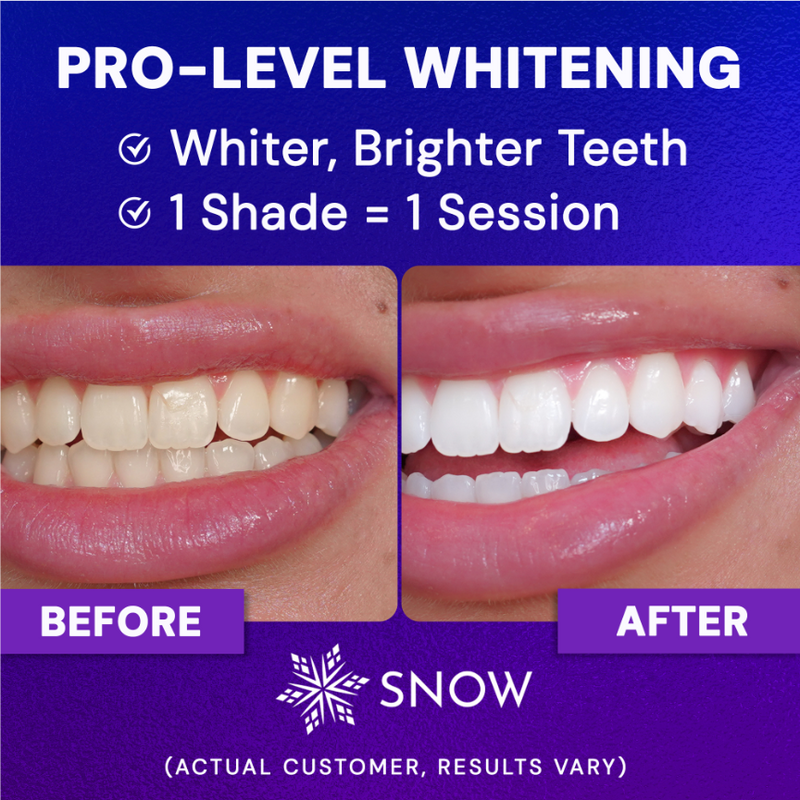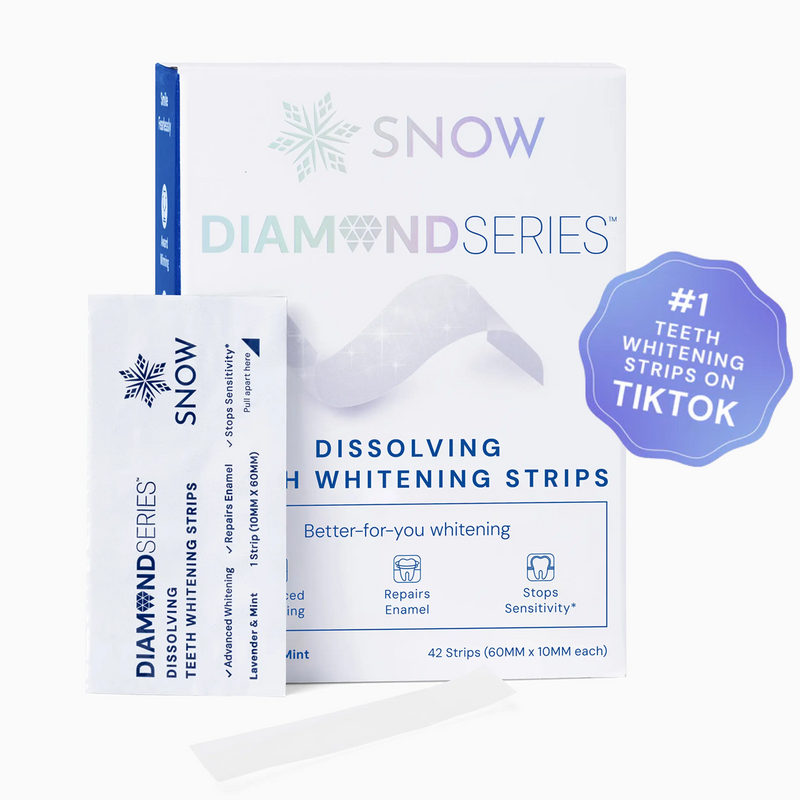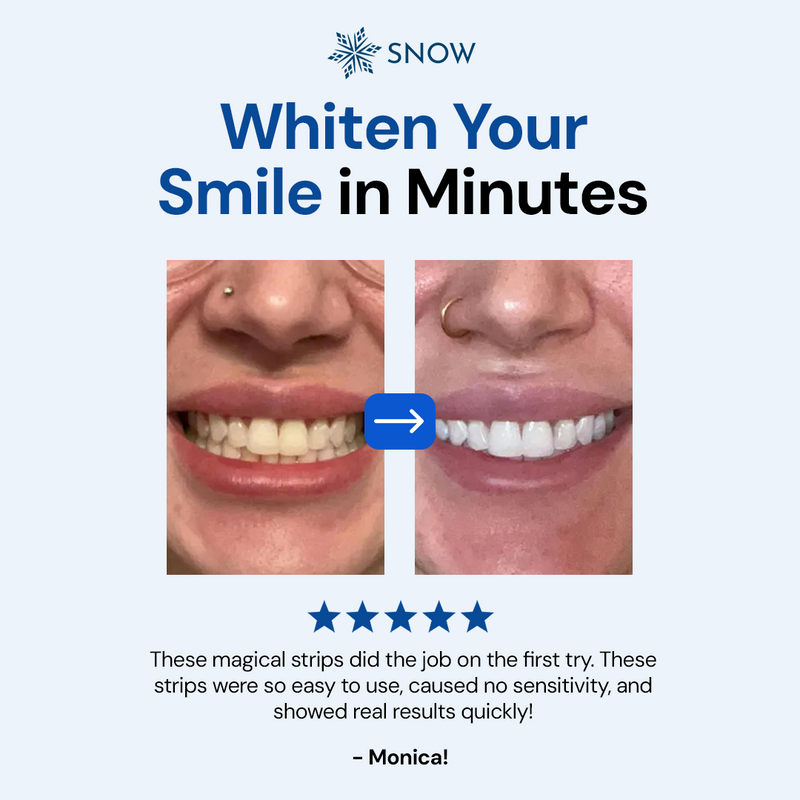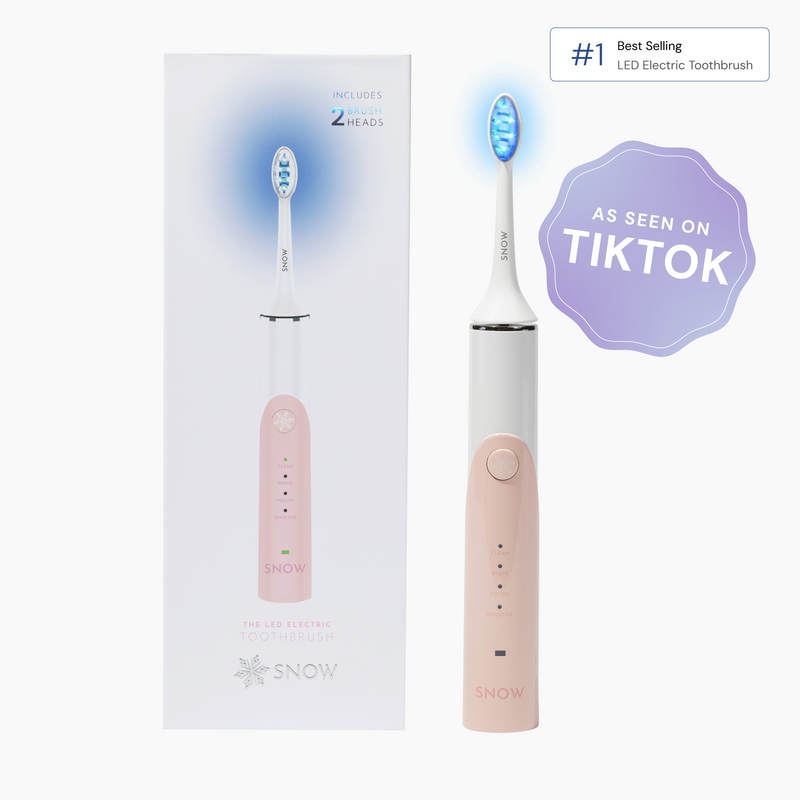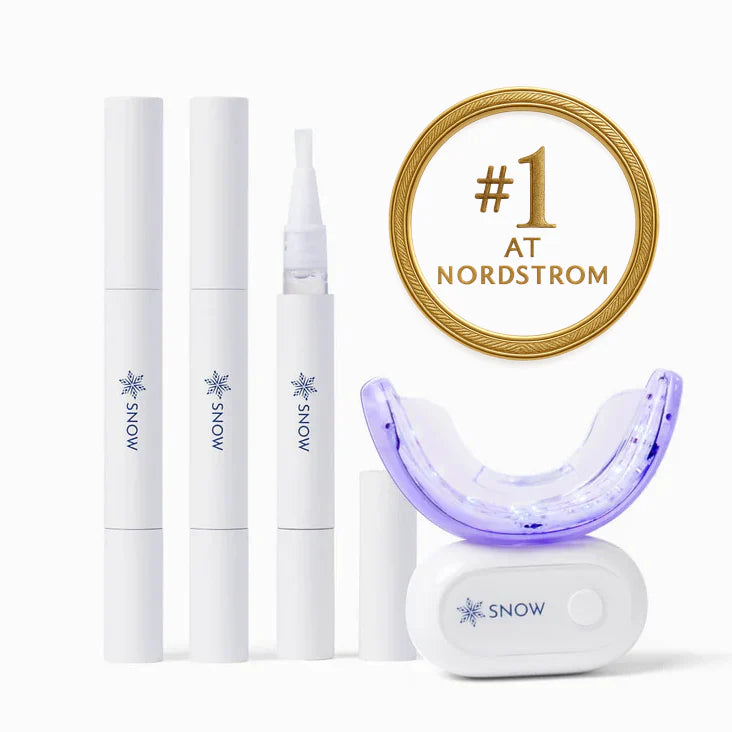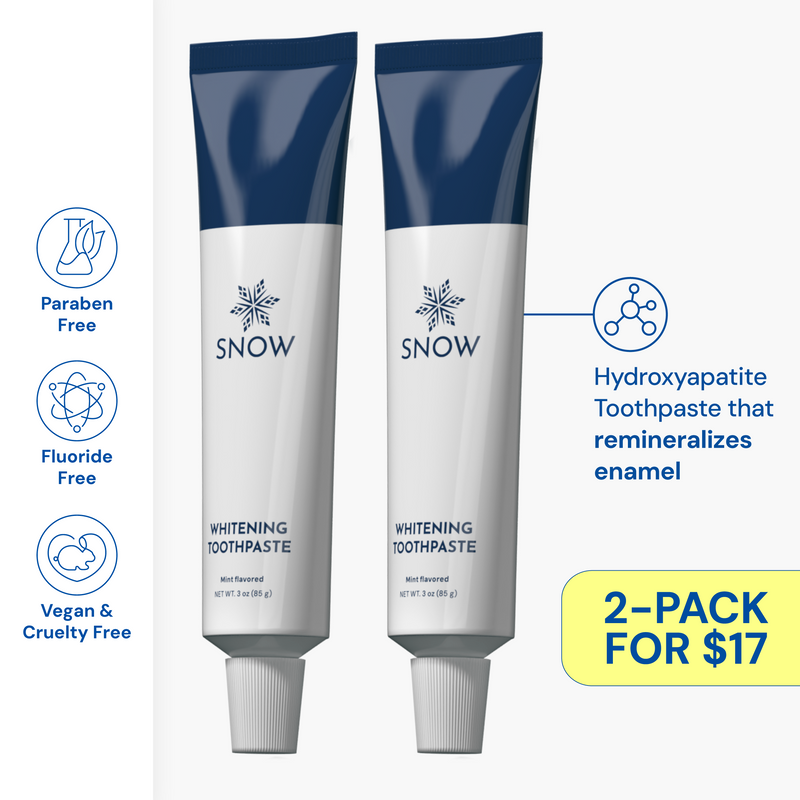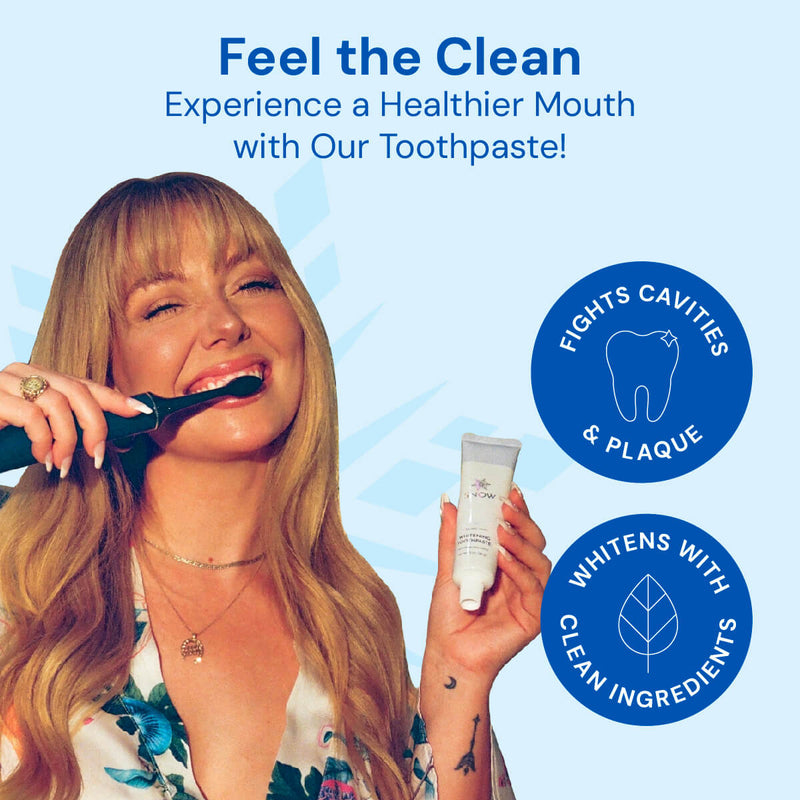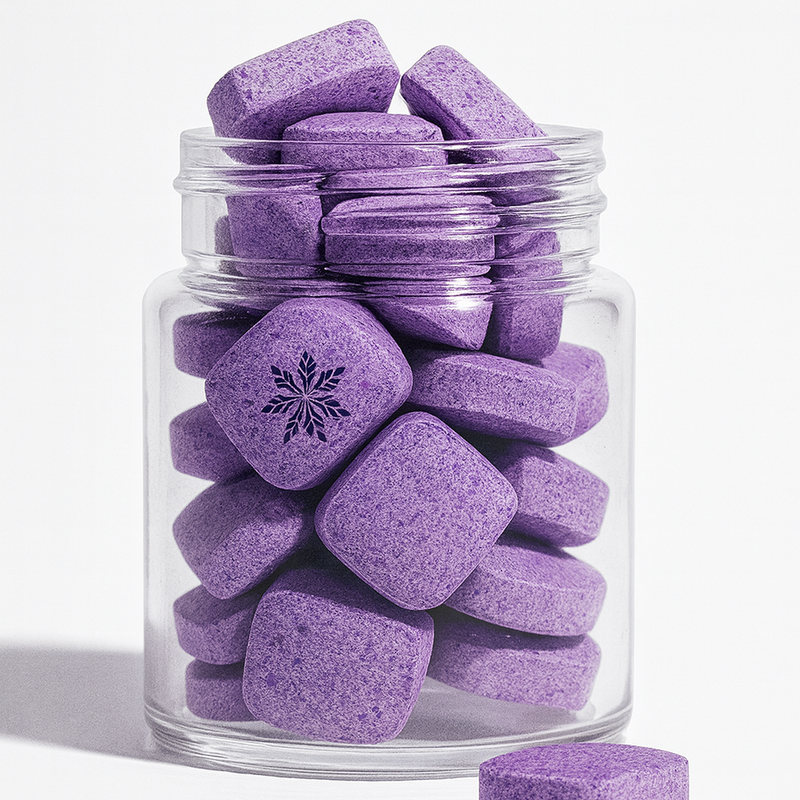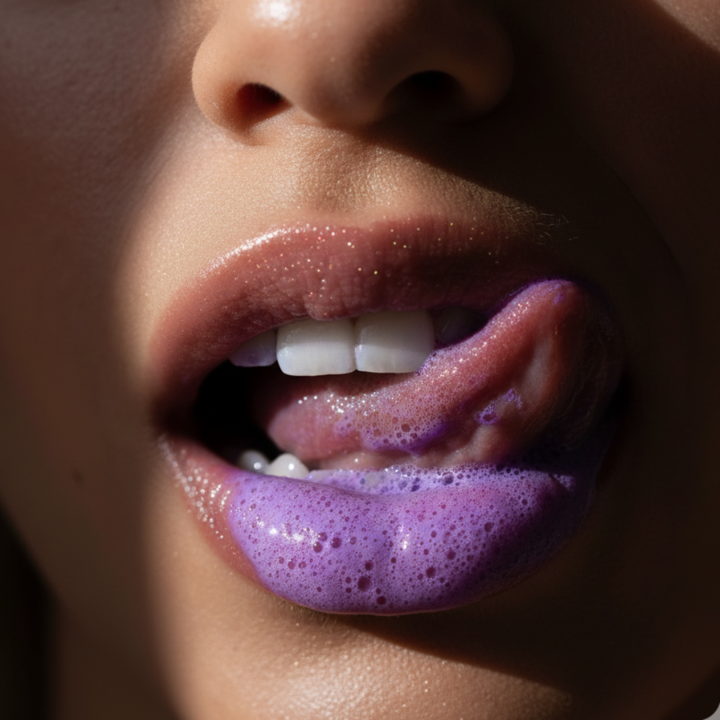Head to your nearest mirror and stick out your tongue. Notice the tiny bumps towards the back of your throat and along the rest of your tongue?
These small bumps are normally even in texture and color and are relatively unnoticeable. Most tongue bumps are normal, however, if the appearance of your tongue has changed or there are inflamed bumps, it could be for a variety of reasons.
WHAT ARE THE BUMPS ON THE BACK OF YOUR TONGUE?
Those little bumps on the back of the tongue are called papillae. There are different types and sizes of papillae all over your tongue. Below are the different types of tongue bumps.
FOUR TYPES OF TONGUE BUMPS (PAPILLAE):
FILIFORM PAPILLAE
These thread-like tongue bumps are the most plentiful as they cover two-thirds of the surface area of your tongue. They're responsible for the sensation of touch and overall tongue texture. These tongue bumps have a whiteish color and unlike other papillae, do not have taste buds.
FUNGIFORM PAPILLAE
Fungiform papillae are mushroom-shaped and more reddish. They're found along the tip and the sides of the tongue. These bumps have taste buds that can taste sweet, sour, bitter, salty, and umami flavors.
FOLIATE PAPILLAE
These vertically fold-shaped bumps are located on the back sides of the tongue. They look more like grooves or ridges. These tongue bumps also have taste buds as well as receptors.
CIRCUMVALLATE PAPILLAE
These dome-shaped bumps on the back of your tongue are a tad larger. They form a few rows right before your throat that also have taste buds and sensory receptors.
WHAT CAUSES ABNORMAL TONGUE BUMPS?
Abnormal tongue bumps can occur for a variety of reasons, ranging from mild to severe. Below are some of the most common reasons behind an irregularly bumpy tongue.
CANKER SORES
Canker sores, also known as aphthous ulcers, are small white or yellow-colored lesions that develop on the soft tissues of your mouth, gums, or tongue. Unlike cold sores, they're not contagious however they can be quite painful when you're eating or drinking.
The exact cause of canker sores is unknown and they vary in degree of severity. There are minor, major, and herpetiform canker sores. Most canker sores usually heal in about seven to fourteen days. If it's taking longer and the sores are painful, you may need to see a dentist or a doctor for treatment.
LIE BUMPS
Lie bumps, also known as transient lingual papillitis (TLP) are common tiny bumps found on the tongue. Lie bumps got their name from an old superstitious belief that they appeared on someone's tongue when the person was lying. Of course, that isn't true.
They can be quite painful and uncomfortable, especially when you're eating or drinking. These tongue bumps can feel tender and inflamed, similar to a pimple that hurts to the touch.
As the name 'transient' implies, lie bumps are temporary and usually go away in four to seven days. Home treatments such as gargling warm salt water, brushing your teeth plus rinsing with an antiseptic mouthwash, and avoiding spicy and acidic foods can help you heal faster.
GLOSSITIS
Glossitis is a term used for inflammation of the tongue. The tongue swells, changes in color, and may develop a new texture. In some cases, such as atrophic glossitis, the tongue's papillae may be lost, giving the tongue a smooth and glossy appearance.
Glossitis may be caused by severe food intolerances or an allergic reaction to certain medications, smoking, dry mouth, yeast infections, diseases, low iron levels, or trauma to the mouth and tongue. To treat glossitis, you'll need to make sure you're following a proper oral hygiene routine. If you've developed an infection your doctor may need to prescribe antibiotics.
ACIDIC AND SPICY FOODS
Very acidic foods such as alcohol, lemon, tomato, bacon, super salty foods, and soft drinks can also cause tongue bumps and affect your taste sensation. Spicy foods such as jalapeños, chili flakes, hot sauces, and certain cuisines may also cause a burning sensation in your mouth and may aggravate the tongue's papillae.
Intense foods put stress on the tongue. As a result, you may temporarily develop tongue sores, feel soreness, and irritation. If this happens it's best to lay off harsh foods and switch to more gentle and bland foods such as oatmeal, mashed potatoes, and cooked vegetables until you fully heal.
ALLERGIC REACTIONS
Certain foods, or product and medication intolerances may also cause enlarged papillae. In emergency cases, an allergic reaction can cause severe swelling of the entire tongue. If this happens it's best to seek medical assistance immediately as it could result in difficulty breathing.
ORAL CANCER
According to the Oral Cancer Foundation, in the United States, there are nearly 54,000 cases of oral cancer per year. The majority of people affected are over the age of 40, however, it can still affect younger people as well. Men are more affected by oral cancer than women.
HOW TO KNOW IF IT'S TONGUE CANCER:
Oral cancer shows up as white patches or sores that won't go away. It may appear on the lips, tongue, throat, inner cheek tissue, and gums. It's often caused by chewing tobacco, alcohol, age, sun exposure, or human papillomavirus (HPV). Other symptoms include difficulty chewing, a persistent sore throat, numbness of the tongue, and ear pain.
Since oral cancer can spread quickly it's important to get a mouth and tongue exam immediately. The best way to know for certain if it's oral cancer is to see a medical professional.
ORAL HERPES
Oral herpes also referred to as a cold sore or fever blister, is an infection of the mouth caused by the herpes simplex virus. Once the virus makes contact with your skin or mucous membrane, you may develop sores and a fever.
Herpes shows up as sores on the lips, tongue, gums, or inner cheek tissue. These cold sores can be quite painful when they first arrive. Blisters will erupt and scab as they heal making it difficult to eat and drink for the first few days. Oral sores may take one to three weeks to fully heal.
ORAL THRUSH
Oral thrush, also known as oral candidiasis, is when a fungus accumulates in your mouth and turns into a yeast infection. Everyone has a normal amount of candida in their mouth, however when there is overgrowth that's when there's an issue.
Oral thrush creates creamy yogurt-colored lesions on the tongue and inner cheeks. This oral infection can spread to other parts of the mouth. Such as the back of your throat, the roof of the mouth, gums, and tonsils.
TONGUE INJURIES
A tongue injury may also cause inflamed tongue bumps. If you accidentally bite down on your tongue too hard when eating or burn your mouth when drinking or eating extremely hot foods, both may result in temporary swelling.
BLACK HAIRY TONGUE
Black hairy tongue is a harmless and painless condition caused by yeast overgrowth. This condition happens when the bumps on the back of your tongue grow long, black, and hair-like. The long tongue bumps trap bacteria in your mouth resulting in the appearance of a black hairy tongue.
Black hairy tongue is often caused by poor oral hygiene, drinking a lot of tea and coffee, smoking or tobacco usage, and certain antibiotics. Thankfully this condition is temporary and usually is remedied with a good oral health care routine.
SYPHILIS
Syphilis is a contagious bacterial infection that is transmitted sexually. Thankfully syphilis is curable but it can be dangerous if not treated swiftly.
People usually get this infection if they're in contact with syphilis sores during sexual intercourse. One of the first symptoms of syphilis is sores on the tongue and mouth.
SCARLET FEVER
Though it's more commonly found in children, adults can also get scarlet fever. Scarlet fever is a mild infection that causes a red rash all over the body. This fever can also cause swollen tonsils, a white-coated tongue, sore throat, vomiting, and strawberry tongue.
Strawberry tongue is when the tongue resembles a strawberry. It turns bright red, may become swollen, and results in a rash-like bumpy tongue. This infection may last seven days to a few weeks. Depending on your case, it may need to be treated with antibiotics.
TUBERCULOSIS
Tuberculosis (TB) is a contagious bacterial infection that usually affects the lungs. However, it can spread to other areas such as the tongue, brain, and spine. Symptoms of TB may include swollen glands, tongue sores, a long-lasting cough, and body blisters.
Tuberculosis spreads similarly to the cold and flu. It's spread through the air and if you suspect you may have tuberculosis, seek medical attention immediately. Your doctor may have to run blood tests and do a full medical assessment.
HOW TO TREAT TONGUE BUMPS
There are several ways to treat bumps on the tongue. The treatment depends on what's causing the tongue bumps and in many cases, your body may heal on its own.
ANTIBIOTICS
If it's oral thrush, you'll most likely need antifungal medications since that is a yeast infection. Certain conditions such as glossitis, oral herpes, scarlet fever, and syphilis may be remedied with prescribed antibiotics. A doctor or your dentist can prescribe necessary medications and antibiotics for your specific condition.
MEDICATION
If you need relief, over-the-counter pain medication such as pain relievers, topical numbing gels, and cold sore medication may help ease discomfort while you heal.
GOOD ORAL HEALTH
Poor oral hygiene can lead to bacterial infections and inflamed or rough texture tongue bumps. It's important to practice good oral health to avoid tooth decay, viral infection, and gingivitis.
The American Dental Association, general recommendations consist of the following:
- Brush your teeth twice a day with a fluoride toothpaste
- Floss or clean between your teeth every day
- Eat a healthy diet that is low in sugary food and drinks
- Visit your dentist routinely to prevent or treat oral diseases
Your dentist can also help provide oral care solutions for bumps on the back of your tongue.
HOME REMEDIES
There are other causes of tongue bumps that usually resolve with time, such as lie bumps, tongue irritation, or canker sores. There are also home remedies you can implement to get rid of tongue bumps faster.
- Drink plenty of water
- Practice good oral hygiene
- Stop eating spicy and acidic foods
- Rinse with warm salt water
- Avoid aggravating mouthwashes or toothpaste
- Take over-the-counter pain medication
- Using a tongue scraper
- Stop smoking
WHEN TO SEE A DOCTOR
Bumps on the back of the mouth and tongue are normal and in many cases, tongue bumps heal on their own. They can arise from a minor injury, lifestyle habits, or medical conditions.
If you have irregular tongue bumps, monitor your symptoms and continue to practice good oral hygiene. If your symptoms persist for longer than normal or become more painful, it's time to see a doctor.
Frequently Asked Questions
How do I get rid of the bumps on the back of my tongue?
The cause of the bumps determines the treatment. Antibiotics are required for bacterial infections; anti-fungal medicines are recommended for oral thrush. Regardless of the cause, drinking plenty of water and cleaning your mouth by brushing and gargling with saltwater can help.
Are bumps on the back of the tongue dangerous?
It's natural to be concerned if you discover tongue bumps in the back of your mouth. The good news is that most bumps on your tongue aren't dangerous. However, if these bumps are abnormally large, remain for several weeks, or are painful, seek medical attention.
What causes bumps in the back of your throat?
Your tongue contains lumps on the back called papillae that are normal in your mouth. Infections or other disorders might result in new or different lumps or masses. Taste buds, temperature sensors, and blood flow are all found in bumps on the tongue (papillae).
What does it mean to have pimples on the back of your tongue that make swallowing painful?
Canker sores can cause whitish, swollen lumps on the back of your tongue. These ulcers can appear anywhere in the mouth and typically heal in 10 to 14 days. It may be uncomfortable to chew and swallow if they generate lumps on the back of the tongue.















































